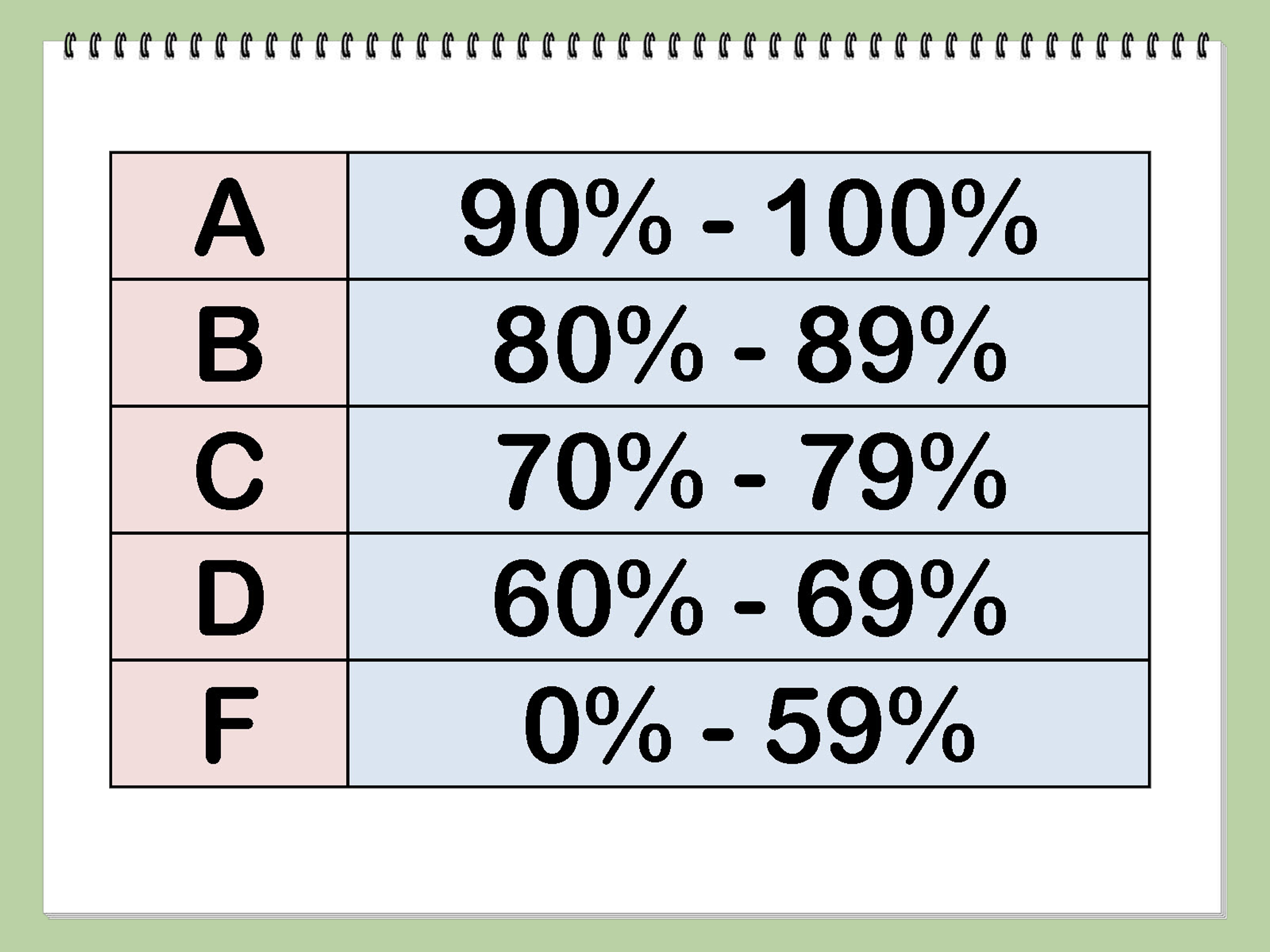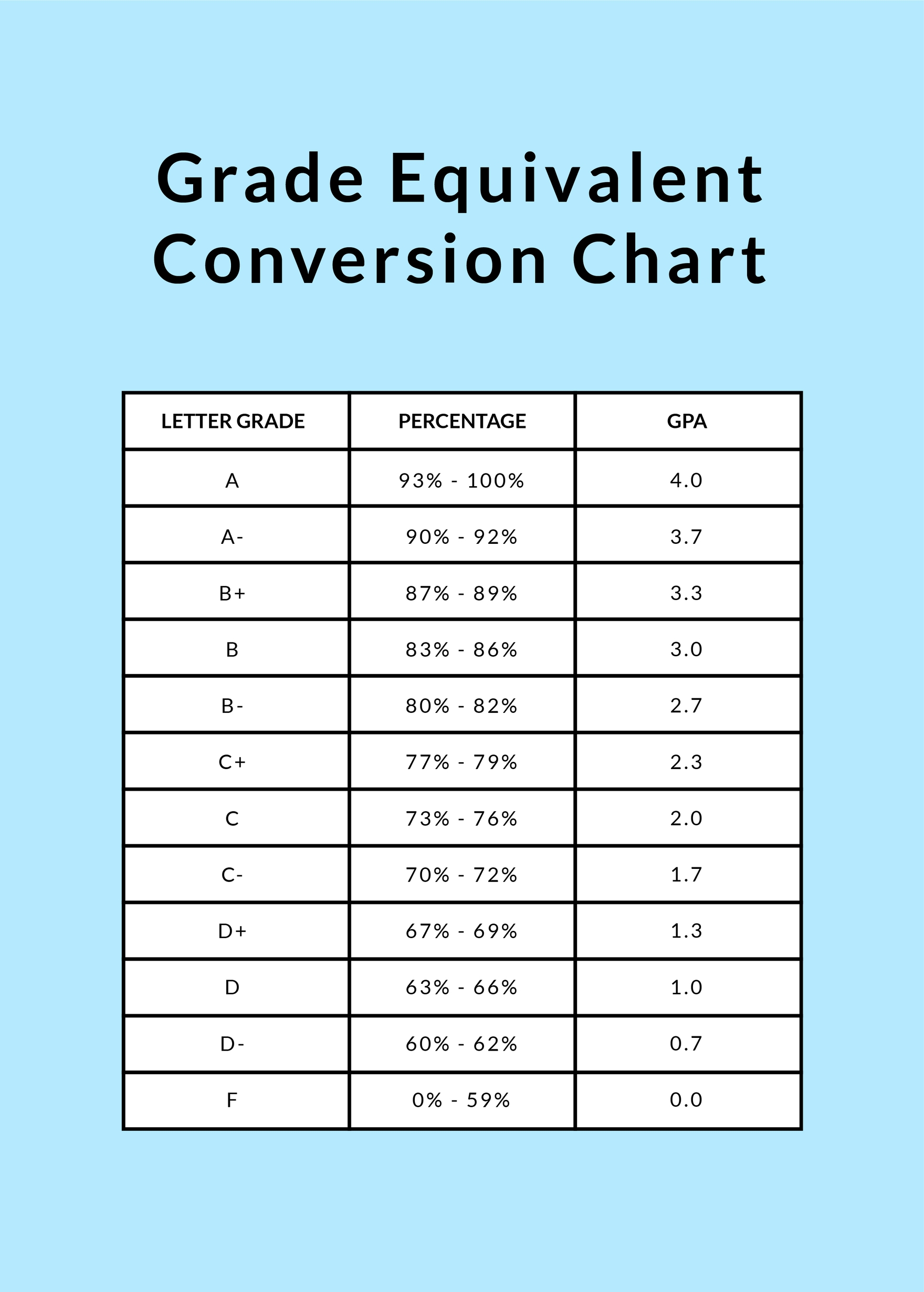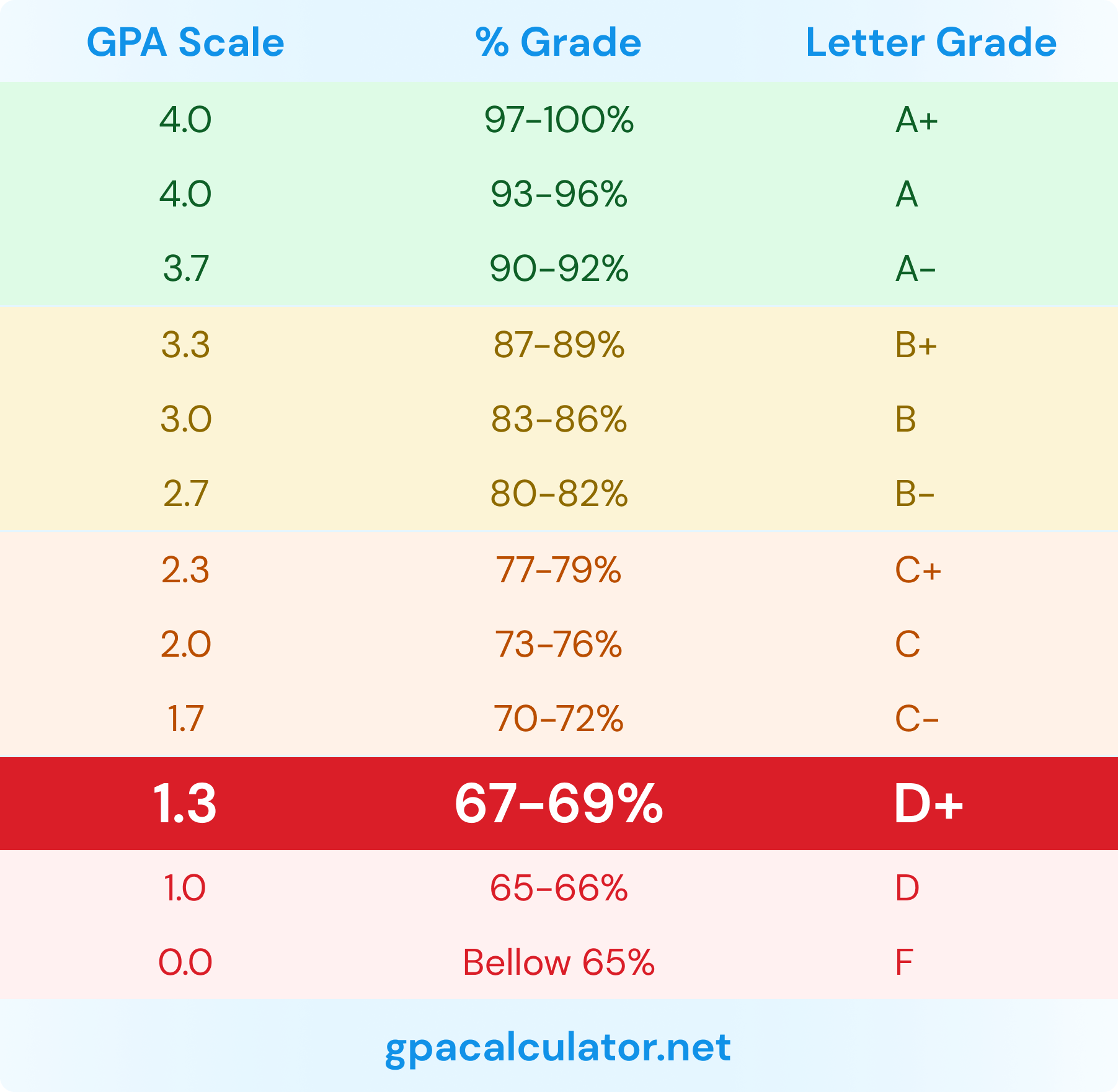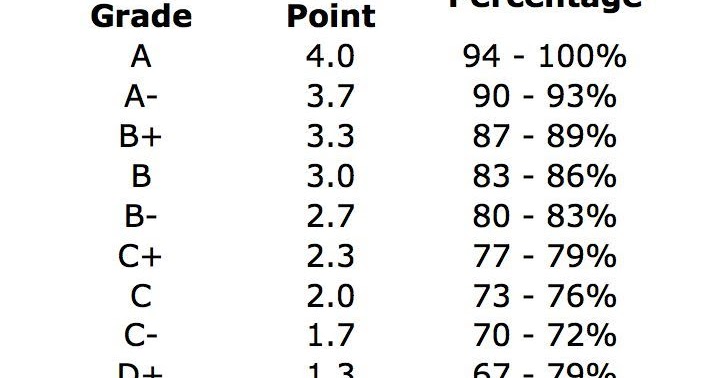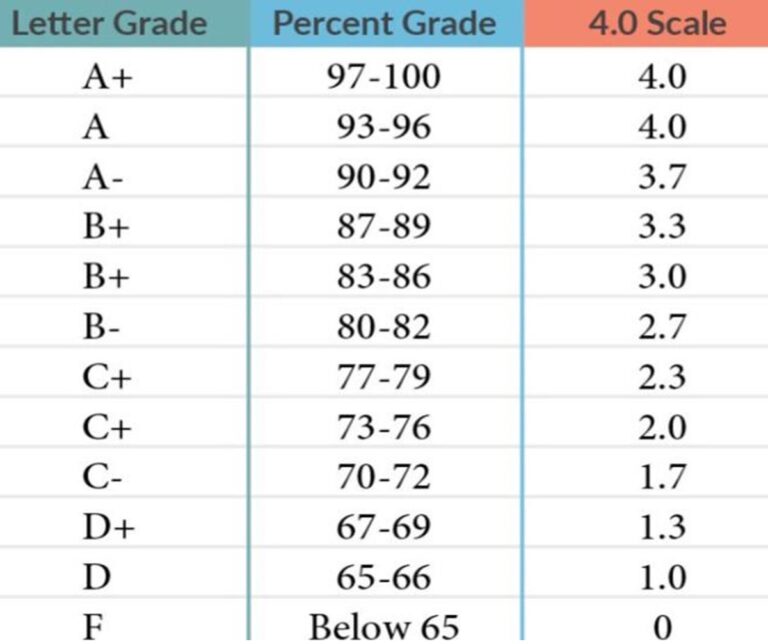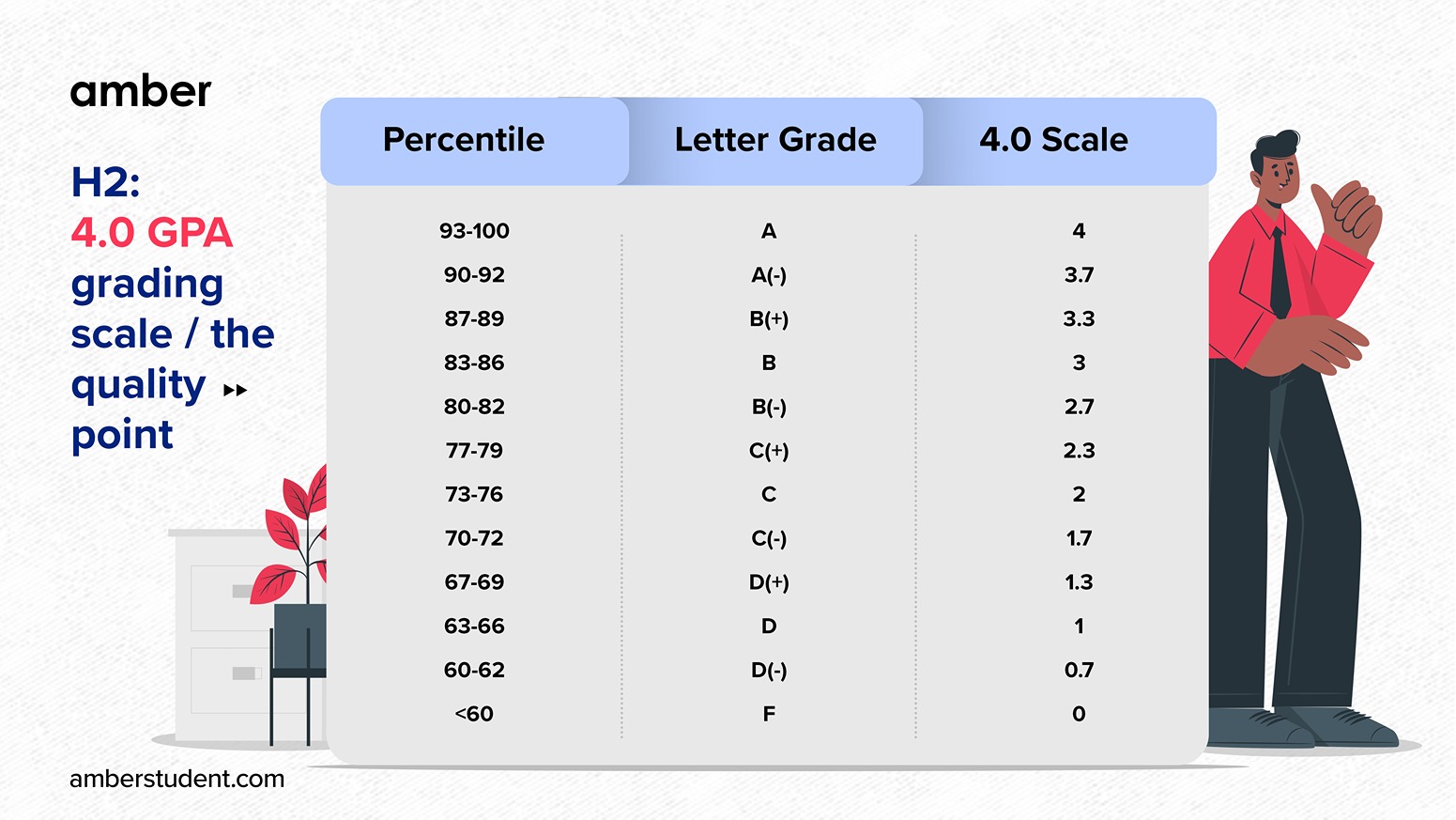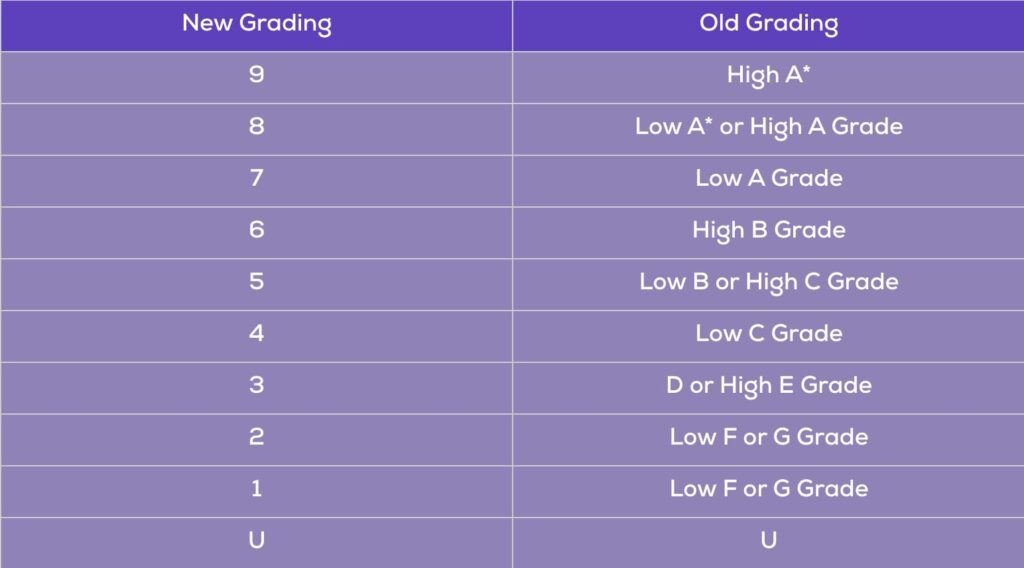What Is 14 Out Of 15 As A Grade

Grading systems, a cornerstone of education, often leave students and parents pondering the translation of numerical scores into letter grades. One common question that arises is: What letter grade does a score of 14 out of 15 represent? The answer, while seemingly straightforward, can vary depending on institutional policies and grading scales.
Understanding the conversion of numerical scores to letter grades is crucial for students to gauge their academic performance and for parents to monitor their children's progress. This article delves into the meaning of a 14/15 score, examining the different grading scales commonly used and the factors that influence the final letter grade assigned.
The grade equivalent of 14 out of 15, expressed as a percentage, is approximately 93.33%. This is calculated by dividing the score (14) by the total possible points (15) and multiplying by 100: (14/15) * 100 = 93.33%. This percentage is then typically translated into a letter grade based on a school or institution's specific grading scale.
Common Grading Scales and Their Interpretation
Most educational institutions utilize a variation of a standard grading scale to convert percentages into letter grades. Here are some common examples:
The 90-100 Scale
This is a widely used grading scale where:
A: 90-100%
B: 80-89%
C: 70-79%
D: 60-69%
F: Below 60%
On this scale, a 93.33% score would unequivocally translate to an A.
The Plus/Minus System
Many institutions incorporate a plus/minus system to offer a more nuanced evaluation. An example would be:
A+: 97-100%
A: 93-96%
A-: 90-92%
B+: 87-89%
B: 83-86%
B-: 80-82%
With this scale, a 93.33% score would likely be an A, possibly bordering on an A- depending on the specific cutoffs used by the instructor or institution. Some schools round up; therefore, a 93.33 could easily become a 93.5 and be considered an A.
Variations and Institutional Policies
It's crucial to note that grading scales can vary significantly between schools, districts, and even individual teachers. Some instructors may employ more lenient or stricter grading policies. To find a school's specific grading policy, consult the school's website or review the course syllabus.
Furthermore, some courses may incorporate weighted grading. This means that different assignments or assessments are assigned different levels of importance. For example, a quiz worth 15 points might have less impact than a final exam worth 100 points.
Factors Influencing the Final Grade
While a 14/15 score translates to a high percentage, several factors can ultimately influence a student's final grade in a course. These include:
Overall Performance: A single score is rarely indicative of a student's overall performance. Consistent high scores throughout the semester will naturally result in a higher final grade.
Weighting of Assignments: As mentioned, the weight assigned to different assessments will impact the contribution of a 14/15 score to the final grade. A low-stakes quiz will have less impact than a major exam.
Class Participation: Some instructors factor class participation into the final grade. Active and engaged students may receive a slight boost to their overall grade. Individual instructors have their unique methods of grading and calculating the final result.
Extra Credit: Opportunities for extra credit can provide students with a chance to improve their grades. Successfully completing extra credit assignments can offset lower scores on other assessments.
The Significance of Understanding Grading Scales
Comprehending grading scales allows students to effectively monitor their academic progress and identify areas where they may need improvement. It empowers them to take ownership of their learning and proactively seek help when needed.
Parents, armed with this knowledge, can better support their children's education by tracking their performance and engaging in meaningful conversations about their learning goals. This also allows educators to communicate student progress effectively with parents and students.
Ultimately, a 14 out of 15, representing approximately 93.33%, typically equates to an A in most standard grading systems. However, students should always consult their institution's or instructor's specific grading policies to ensure a clear understanding of how their performance is evaluated.



